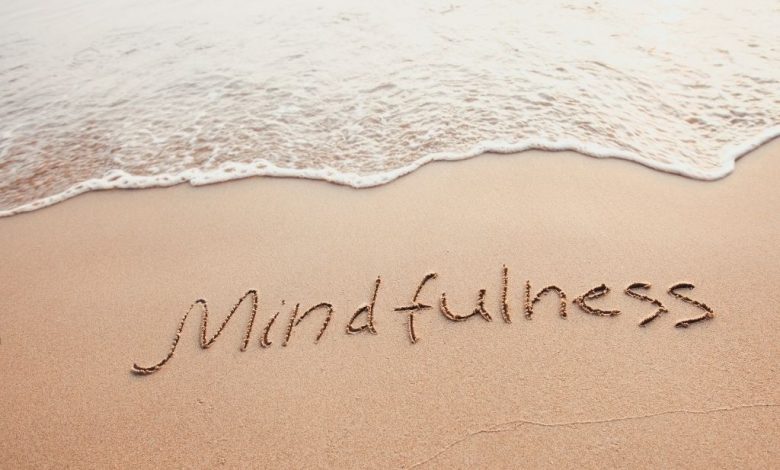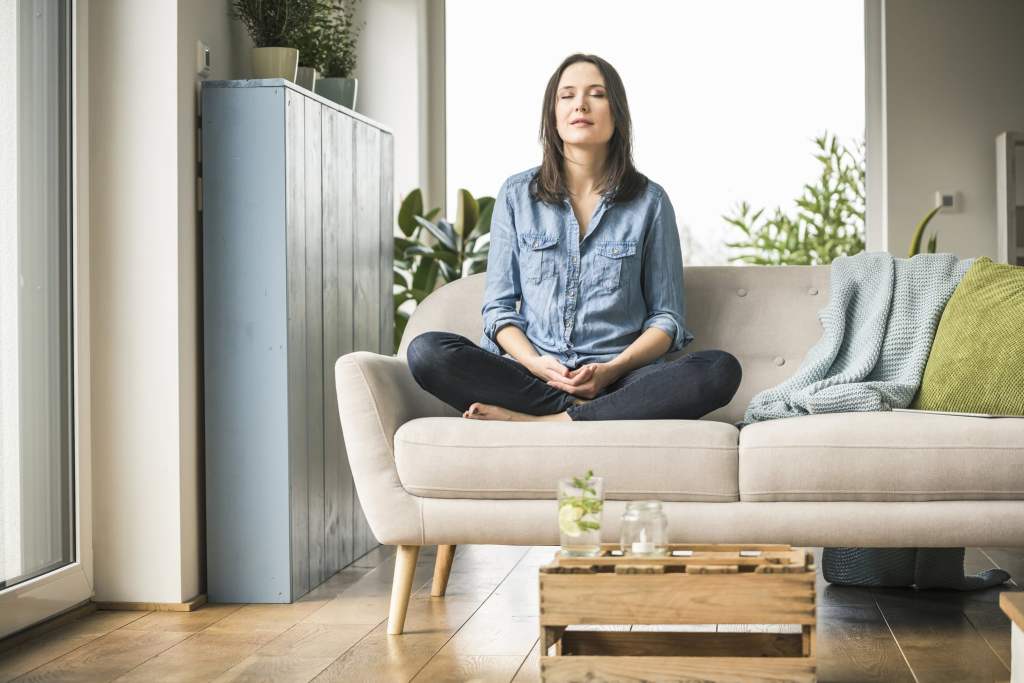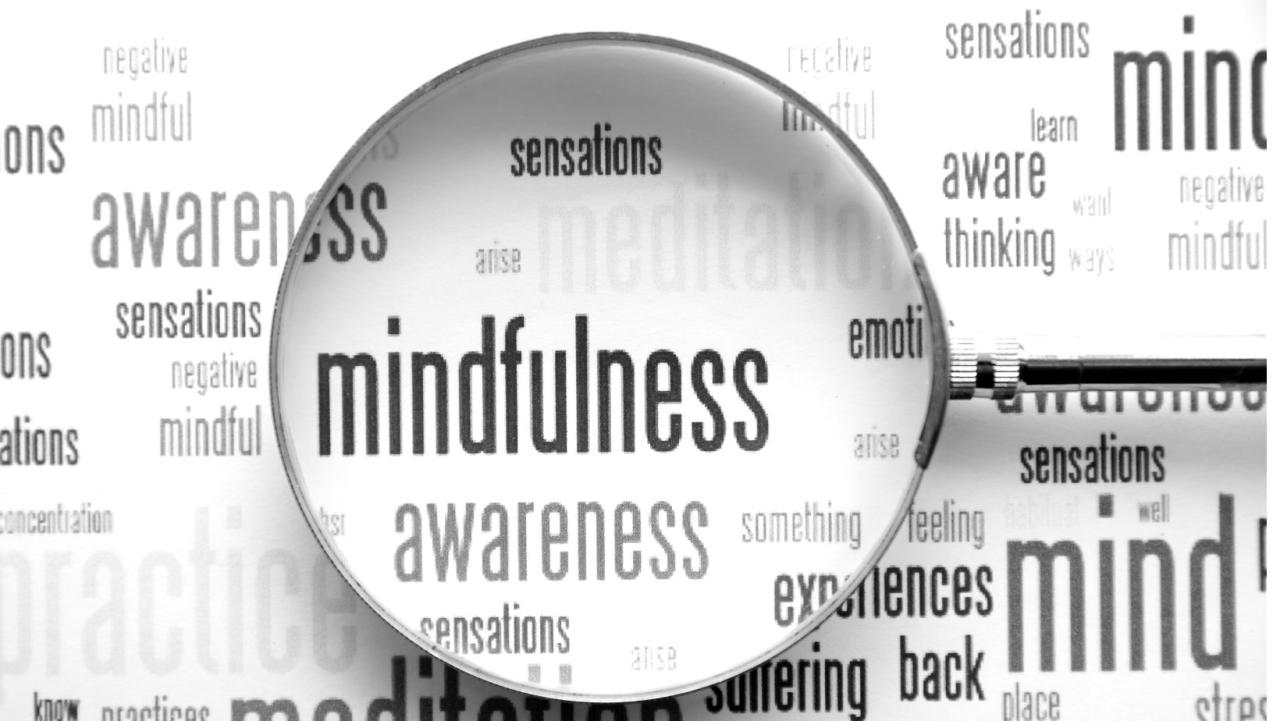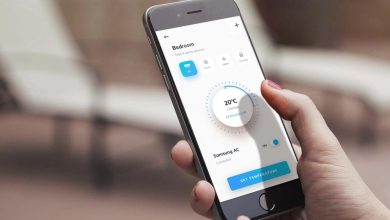Discover Tech for Mindful Living

In an era defined by relentless digital connectivity and the incessant demands of our always-on culture, the concept of mindfulness—the practice of being fully present and aware of the moment—often feels at odds with our technological lives. We are constantly tethered to smartphones, bombarded by notifications, and drawn into endless scrolling, leading to fragmented attention, elevated stress levels, and a pervasive sense of being overwhelmed. While technology is frequently cited as a primary driver of distraction, a paradoxical and increasingly vital truth is emerging: when wielded intentionally and thoughtfully, Tech for Mindful Days can actually become a powerful ally in cultivating presence, enhancing well-being, and fostering a more balanced, focused existence.
The insidious nature of uncontrolled technology use lies in its ability to hijack our attention and create a constant state of mental busyness, preventing us from truly experiencing the richness of the present. This digital overstimulation not only depletes our cognitive reserves but also erodes our capacity for self-reflection, emotional regulation, and deep concentration. However, a growing ecosystem of smart applications, wearable devices, and digital tools are now specifically designed not to distract, but to guide, support, and facilitate mindful practices, helping us to reclaim our attention and nurture inner calm amidst the digital storm.
This comprehensive guide will delve deep into the innovative ways technology can be leveraged to support a more mindful life. We will explore the common pitfalls of unchecked digital engagement, detail a wide array of actionable strategies for integrating “mindful tech” into your daily routine, and illuminate the profound benefits of using technology as a force for presence rather than distraction. By the end of this article, you will possess the insights and practical knowledge to systematically harness Tech for Mindful Days, transforming your digital landscape into a powerful ally for cultivating inner peace, enhancing mental well-being, and achieving a more balanced, intentional life.
Technology as Both Distractor and Ally

To effectively leverage tech for mindful days, we must first understand its dual nature and how it impacts our mental state.
A. Technology as a Source of Distraction (The Problem)
Uncontrolled digital engagement often leads to:
- A. Fragmented Attention: Constant notifications and multi-tasking erode our ability to sustain focus.
- B. Information Overload: The endless stream of data leads to cognitive fatigue and mental clutter.
- C. FOMO & Social Comparison: Social media can trigger anxiety, inadequacy, and a fear of missing out.
- D. Reduced Presence: Always being “elsewhere” (online) prevents us from fully experiencing the here and now.
- E. Sleep Disruption: Blue light and mental stimulation from devices interfere with healthy sleep patterns.
B. Technology as an Ally for Mindfulness (The Solution)
When used intentionally, technology can support mindfulness through:
- A. Guided Practice: Delivering structured meditation and breathing exercises.
- B. Awareness & Tracking: Helping us monitor habits, mood, and physical well-being.
- C. Focus Enhancement: Creating environments conducive to concentration.
- D. Digital Wellness Tools: Empowering us to set boundaries and manage screen time.
Strategic Pillars for Integrating Tech for Mindful Days
Leveraging technology for mindfulness requires a deliberate and multi-faceted approach.
A. Meditation & Mindfulness Apps: Your Personal Guru in Your Pocket
These apps are the most direct way to integrate mindful practice into your day.
- A. Guided Meditations: Offer structured sessions for beginners to advanced practitioners, covering various topics like stress reduction, sleep, focus, and compassion. Examples: Calm, Headspace, Insight Timer, Waking Up.
- B. Breathing Exercises: Provide visual or auditory cues to guide rhythmic breathing, a fundamental mindfulness practice for calming the nervous system.
- C. Mindfulness Reminders: Gentle pings or vibrations throughout the day to prompt a moment of mindful awareness (e.g., “Take a deep breath,” “Notice your surroundings”).
- D. Sleep Stories & Soundscapes: Audio content designed to promote relaxation and aid sleep, reducing digital stimulation before bed.
B. Digital Wellness Tools: Setting Boundaries for Intentional Use
These tools help you manage your relationship with technology itself, creating space for mindfulness.
- A. Screen Time Trackers: Built into smartphones (e.g., Apple Screen Time, Google Digital Wellbeing), these monitor your app usage and can help you identify digital “time sinks.”
- B. App Limiters & Blockers: Set daily time limits for specific apps (e.g., social media) or block access to distracting websites during designated focus periods (e.g., Freedom, Forest, StayFocusd).
- C. “Do Not Disturb” & Focus Modes: Utilize these device features to silence notifications and filter communications during periods of deep work, meditation, or personal time.
- D. Grayscale Mode: Experiment with setting your phone to grayscale. Removing vibrant colors can make the device less appealing and reduce compulsive checking behavior.
C. Wearable Tech for Self-Awareness: Your Body’s Mindful Monitor
Wearables can provide valuable data to inform and enhance mindful living.
- A. Heart Rate Variability (HRV) Tracking: Some wearables (e.g., Apple Watch, Whoop, Oura Ring) track HRV, an indicator of nervous system balance. Changes can signal stress or recovery, prompting mindful self-care.
- B. Sleep Tracking: Monitor sleep patterns, duration, and quality. This data can inform mindful choices about bedtime routines and overall sleep hygiene.
- C. Activity & Movement Reminders: Gentle nudges to stand up, stretch, or take a short walk, encouraging mindful movement breaks throughout the day.
- D. Guided Breathing Prompts: Some smartwatches offer on-device guided breathing exercises, making it easy to take a mindful moment anywhere.
D. Ambient & Focus-Enhancing Tech: Crafting Your Mindful Environment
Technology can help create a physical space conducive to presence and concentration.
- A. Smart Lighting: Use smart bulbs (e.g., Philips Hue) to adjust light temperature and brightness throughout the day, mimicking natural light cycles to support circadian rhythms and enhance focus or relaxation.
- B. Ambient Soundscapes: Apps or smart speakers (e.g., Sonos, HomePod) can play continuous, non-distracting sounds (nature sounds, white noise, binaural beats) to mask distractions and promote concentration or calm.
- C. Noise-Canceling Headphones: Essential for creating an auditory bubble in busy environments, allowing for uninterrupted meditation or focused work.
E. Journaling & Mood Tracking Apps: Cultivating Self-Reflection
Digital tools can facilitate the traditional practice of journaling, a core component of self-awareness.
- A. Guided Journaling Prompts: Apps (e.g., Day One, Reflectly) offer prompts to encourage gratitude, reflection on emotions, or goal setting.
- B. Mood Tracking: Record your mood throughout the day to identify patterns and triggers, leading to greater emotional intelligence and mindful choices.
- C. Gratitude Journals: Digital platforms dedicated to recording things you’re grateful for, shifting focus to positive aspects of life.
Implementing Tech for Mindful Days

Integrating mindful tech effectively requires intention and a systematic process.
A. Assess Your Current Digital Habits
Start by understanding your baseline. Use your phone’s screen time tracker for a week. Which apps consume most of your time? When do you feel most distracted?
B. Identify Your Mindfulness Goals
What specific aspects of mindfulness do you want to cultivate? (e.g., reduce stress, improve sleep, increase focus, be more present). This helps you choose the right tools.
C. Start Small with One Tool
Don’t overwhelm yourself. Pick one meditation app or implement one digital wellness strategy (e.g., set an app limit for social media). Master it before adding more.
D. Schedule Mindful Tech Usage
Just as you schedule meetings, schedule your mindful tech engagement. Block out 10 minutes for meditation, or set a reminder for a mindful breathing exercise.
E. Integrate into Daily Routines
Link mindful tech usage to existing habits. (e.g., “I’ll do a 5-minute guided meditation immediately after my morning coffee,” or “I’ll activate ‘Do Not Disturb’ every time I sit down for deep work”).
F. Practice Intentional Disconnection
Consciously put your phone away during meals, conversations, or family time. Designate “no-screen zones” (e.g., bedroom) or “no-screen times” (e.g., 1 hour before bed).
G. Regularly Review and Adjust
Periodically (e.g., monthly) assess how your mindful tech strategy is working. Are you achieving your goals? Are new tools available? Are some tools no longer serving you? Adapt as needed.
H. Balance Tech with Analog Mindfulness
Remember that technology is a tool, not the practice itself. Complement mindful tech with analog activities like walking in nature, reading physical books, or journaling with pen and paper.
Conclusion
In a world perpetually vying for our attention, the journey to cultivate Tech for Mindful Days represents a profound and empowering paradigm shift. It is the recognition that technology, often perceived as the primary antagonist to presence and inner calm, can, when wielded with intention and wisdom, become an extraordinary ally in fostering mental well-being, enhancing focus, and enriching our experience of life. This guide has illuminated the path to transforming our digital landscape from a source of relentless distraction into a deliberate architecture for conscious living.
By systematically understanding the dual nature of technology and implementing a multi-faceted approach—from embracing guided meditation apps and leveraging digital wellness tools to harnessing wearable tech for self-awareness, crafting mindful environments with ambient tech, and facilitating self-reflection through digital journaling—you construct a robust framework for intentional living. This strategic integration empowers you to reclaim your attention, establish healthy digital boundaries, and cultivate a deeper connection with your inner self amidst the demands of modern life. It is about making deliberate choices to use technology to nurture, rather than negate, your innate capacity for presence.
The profound benefits of this transformation permeate every aspect of your existence: a dramatic reduction in stress, anxiety, and cognitive overload, a heightened sense of mental clarity and emotional regulation, improved sleep quality, and a profound amplification of your capacity for sustained focus and creative thought. Ultimately, by mastering the art of integrating tech for mindful days, you are not merely optimizing your digital habits; you are actively investing in your mental health, fortifying your inner peace, and carving out a harmonious existence where technology serves to elevate, rather than diminish, the richness and mindful awareness of your daily life.



